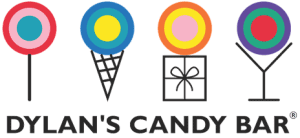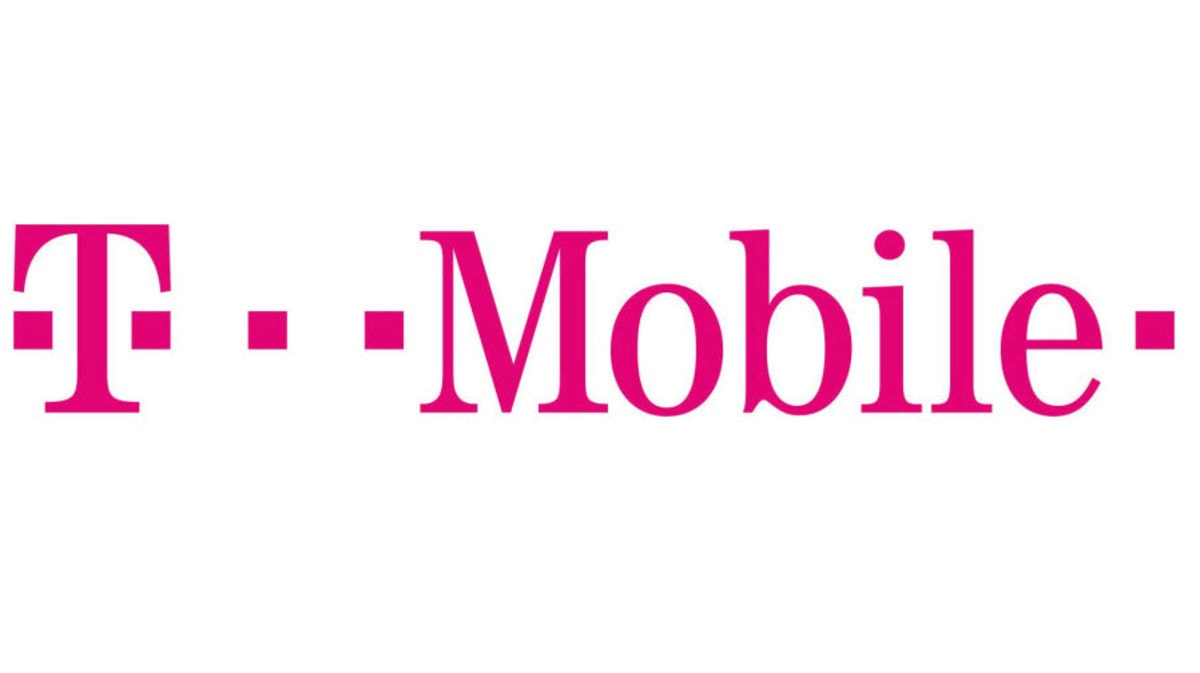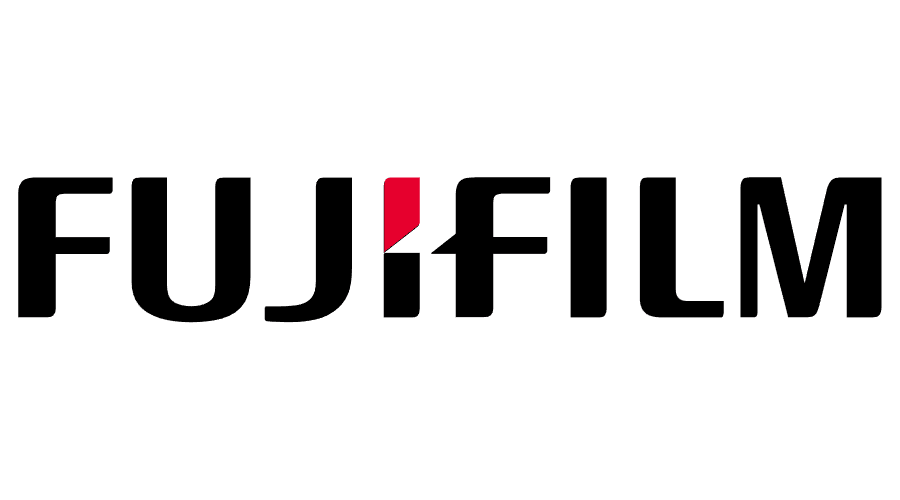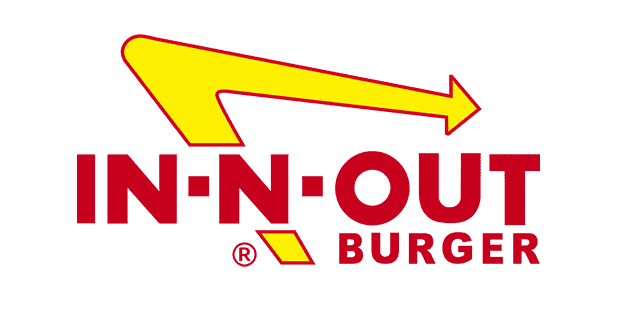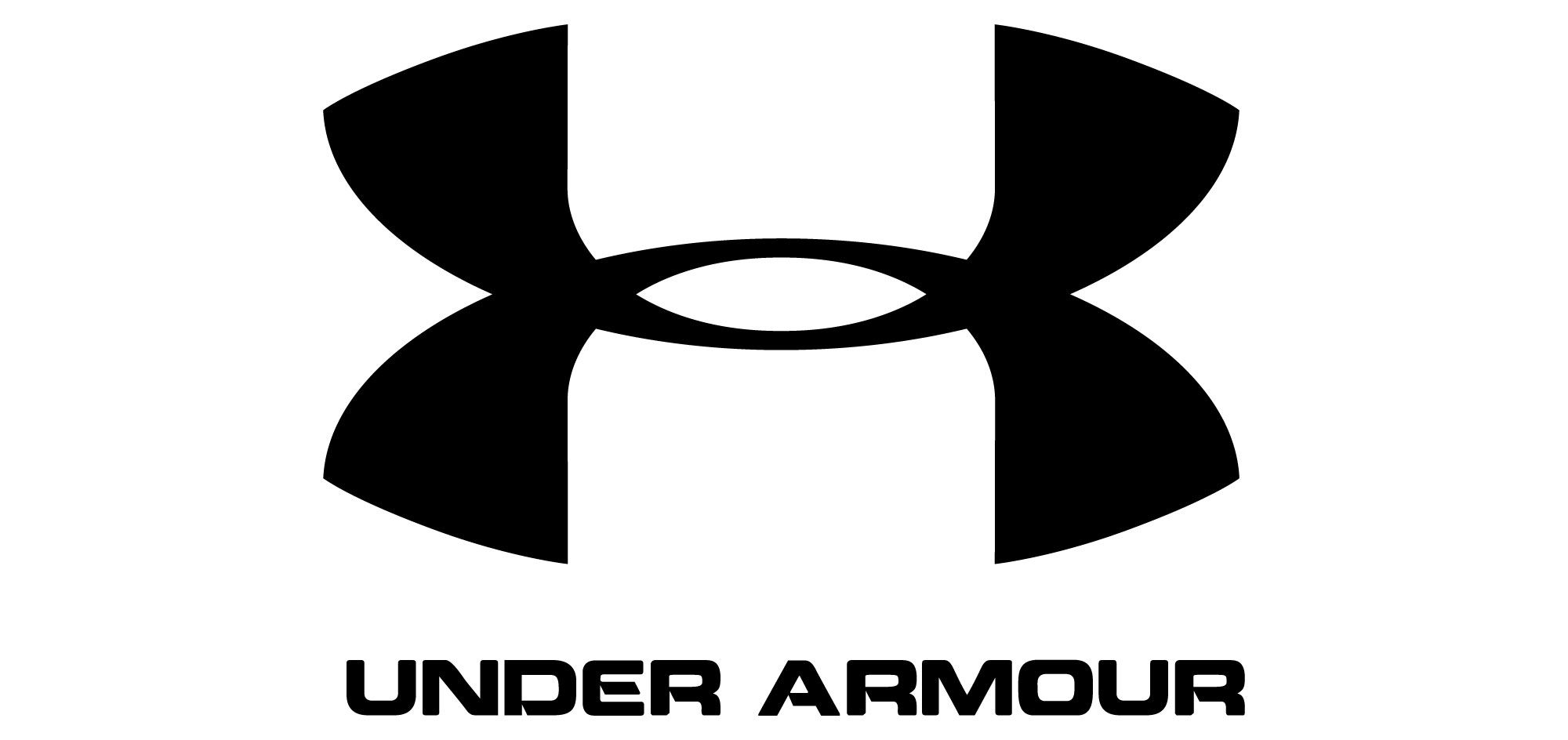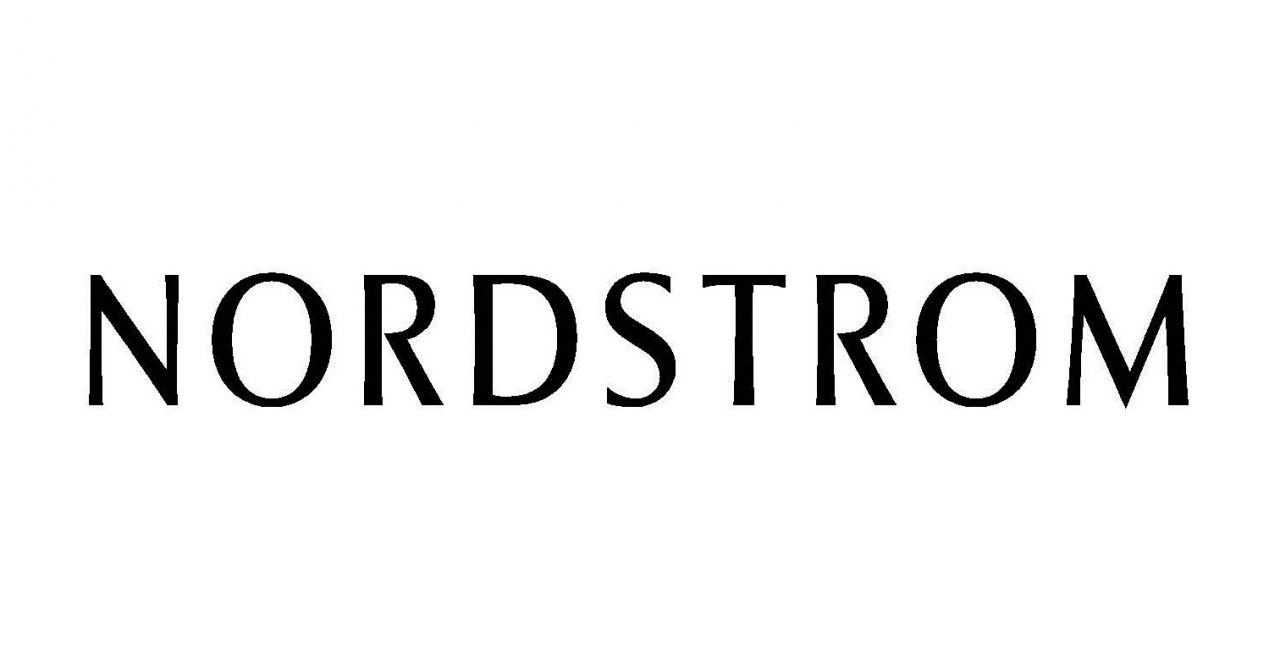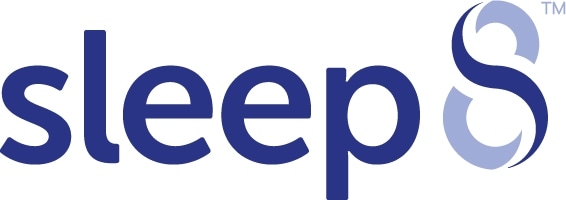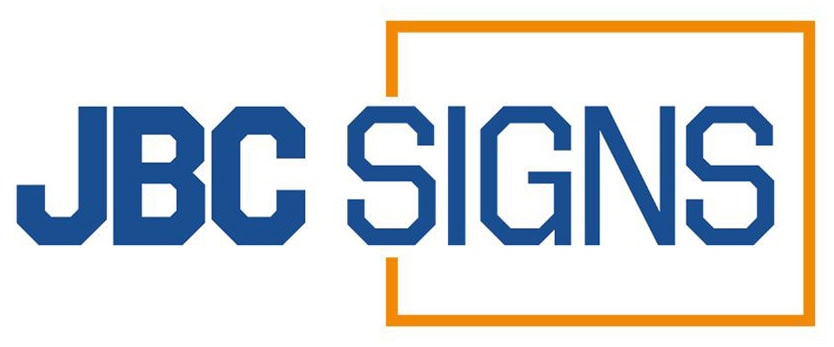Key Takeways:
- Audience Understanding: The key difference between B2B and B2C brochure design lies in the target audience. B2B brochures focus on engaging decision-makers in businesses with in-depth content and logical appeals, while B2C brochures aim to capture consumers' attention quickly with more emotional and straightforward messages.
- Content Complexity: B2B brochures often contain complex, data-driven content, such as case studies, detailed specifications, and industry jargon, to help build trust with professional buyers. B2C brochures, on the other hand, use simpler, more digestible content to cater to the general public.
- Visual Design Differences: B2B brochures tend to be more formal, employing neutral colors and professional layouts, while B2C brochures are designed to be eye-catching with bold graphics, vibrant colors, and layouts that draw the consumer’s attention and create a sense of excitement.
- Tone and Language: In B2B design, the tone is formal and technical, using business-related language that appeals to industry professionals. B2C designs use a more casual and friendly tone, often focusing on creating a connection with the consumer and simplifying messaging for quicker understanding.
- Call to Action: B2B brochures typically incorporate calls to action that encourage further engagement, like requesting a quote or scheduling a consultation, while B2C brochures often focus on immediate purchases or emotional responses with calls to action like “shop now” or “limited time offer.”
A great deal of brochure design advice is generic – tips about layout, font choice and color with little in mind about the primary purpose of a brochure itself: to generate either leads, sales or interest for the company.
There’s a world of difference between effective brochure design in B2B (business to business) and B2C (business to consumer) industries. Each requires a different type of approach, not just to product and copy, but to the design of the brochure itself.
Ignoring these differences and applying B2B design principles to a B2C brochure, or vice versa, can have disastrous consequences for your marketing campaign’s return on investment and results.
In this guide, we’ll share four key differences between B2B and B2C brochures that you should keep in mind when designing, writing, printing and marketing brochure content for your business.
The most effective B2C brochures aim for immediate sale
In the world of business to consumer marketing, products and services tend to be on the inexpensive side – at least compared to B2B – and easy to sell immediately. This means that the goal of B2C brochures is often to produce an immediate sale.
This factor influences the design of B2C brochures. Rather than focusing on reasons the product may be better than other options on the market, they focus on benefits and unique selling propositions that result in prospects taking direct action.
Marketing tools like discounts, which aren’t as effective in B2B brochures, are highly effective in B2C. This is because they create a sense of urgency and provide an extra source of motivation for prospects to take action and purchase the product.
The most effective B2B brochures aim to generate leads
Since B2B products and services are so much more expensive than B2C products and services, they have a far longer sales cycle. This means that the goal of many B2B brochures isn’t to lead to an immediate sale, but to generate leads.
In B2B marketing, it’s far more effective to dedicate a lot of time to each lead and focus strongly on each sale than it is to spread your marketing far and wide. Thus, the instant sale focus of B2C simply doesn’t work in a B2B brochure.
Rather than designing your B2B brochure to lead people to take action immediately and make a sale, design it to increase interest in your product or service so that the reader is inspired to call in and ask for more, making them a valuable sales lead.
B2B customers typically have more questions to answer
Because the cost of B2B products and services is so much greater than B2C, as well as their scope typically being much greater, the average B2B customer has far more questions than the average B2C customer.
This means that the goal of many B2B brochures isn’t simply to promote a product or service, but to answer many of the most common questions prospects have about the offer itself, encouraging them to take action.
B2B brochures tend to be more informational and direct, stating features and major benefits, as well as providing direct answers. Design your B2B brochures to make it as easy as possible for people to take action in search of more information.
Leveraging Brochure Holders to Enhance B2B and B2C Marketing Efforts
When it comes to presenting your brochures in a professional and engaging way, sign holders are just as important as the design itself. Whether you're creating brochures for B2B or B2C audiences, the right brochure holder placements can significantly enhance the effectiveness of your marketing materials. Different sign holders, such as tabletop, wall-mounted, and professional brochure holders, each serve a unique purpose and can help ensure your brochures are seen by the right audience.
Tabletop Brochure Holders: Perfect for B2C Settings
Tabletop brochure holders are ideal for retail environments, trade shows, and any space where customers may be browsing products and considering purchasing. In B2C scenarios, your brochures often need to catch the eye of casual shoppers who are looking for quick, digestible information. Tabletop holders provide an easy and accessible way to display brochures that highlight promotions, new products, or other consumer-focused offers.
By positioning these holders near the point of sale, product displays, or information kiosks, you make it simple for customers to pick up brochures that pique their interest. These holders are perfect for encouraging immediate action, whether you’re offering a limited-time discount, a loyalty program sign-up, or a new product launch. Additionally, tabletop holders are versatile, offering different materials like acrylic or wood to match your branding and store design.
Wall-Mounted Brochure Holders: Ideal for B2B Presentations
In B2B environments, brochure placement often needs to be more strategic. Wall-mounted brochure holders are ideal for offices, trade show booths, or corporate settings where potential clients or partners are browsing through informational material. These holders allow you to display a range of brochures in an organized, professional manner without taking up desk or counter space.
Wall-mounted holders are often used in reception areas, waiting rooms, or conference halls to provide visitors with essential information about services, case studies, and product offerings. For B2B businesses, showcasing your brochures in a wall-mounted holder makes it easy for potential clients to access detailed information about your offerings. Whether you are providing a product catalog, a service overview, or an informative flyer, wall-mounted brochure holders ensure that your brochures are always accessible without cluttering your workspace.
Professional Brochure Holders: Showcasing High-Quality Materials
For both B2B and B2C settings, professional brochure holders are a must when you need to convey your marketing materials in a refined and polished manner. These holders are typically made from high-end materials like acrylic or metal, offering a sleek, modern design that enhances the professionalism of your brochures.
In B2B scenarios, where decision-making often requires a deeper level of engagement, professional brochure holders are great for displaying detailed product specs, client case studies, or whitepapers. These holders can be strategically placed in conference rooms, offices, or corporate lobbies to ensure that your brochures are easily accessible during face-to-face meetings with potential clients.
For B2C businesses, professional brochure holders add a touch of class to your displays, whether you are showcasing product brochures, event flyers, or seasonal promotions. The use of these holders in customer-facing areas not only keeps your materials organized but also elevates your brand’s image by ensuring that your brochures are presented in the most professional way possible.
Combining Brochure Holders with Effective Design
Whether you're targeting B2B or B2C customers, the proper placement of your brochures in tabletop, wall-mounted, and first-rate brochure holders ensures that your marketing materials are both accessible and impactful. When paired with an eye-catching design that aligns with your audience’s needs, these strategic placements can enhance engagement and ultimately lead to more conversions.
B2C brochures should focus primarily on benefits, not features
Many B2C sales are driven by emotion rather than cold logic. People buy new cars because they like the feel of driving them (or, in many cases, being seen in them) or purchase new clothes because they like the way they make them feel.
Because of this, it’s often far more effective to design your B2C brochure to show off a product or service’s benefits than its features. Features are a much more powerful selling point in B2B than in B2C, since transactions are considered for far longer.
If your B2C brochure is struggling to have the impact you’d like it to have, look at its focus. Is it designed to emphasize a product’s unique features, or is it designed with the benefits of the product in mind?
FAQs
1. What are the key differences between B2B and B2C brochure design?
B2B brochures focus on detailed information, professionalism, and industry-specific language to appeal to decision-makers. B2C brochures use emotional triggers, bold visuals, and concise messaging to attract individual customers. The tone and design depend on the target audience's needs and buying process.
2. How should the tone differ in B2B vs. B2C brochures?
B2B brochures should use a formal, informative, and expertise-driven tone that builds trust with professionals. B2C brochures can adopt a more casual, engaging, and fun tone that resonates with everyday customers. Tailoring the tone ensures the message aligns with the audience's expectations.
3. How important are visuals in B2C brochure design?
Visuals play a critical role in B2C brochures, as they grab attention and evoke emotions. High-quality images, vibrant colors, and bold graphics help create an engaging and memorable experience. For B2C, the goal is to visually appeal to customers and encourage quick decision-making.
4. What type of content works best for B2B brochures?
B2B brochures should include in-depth content like case studies, industry statistics, and product specifications. Clear charts, graphs, and testimonials help convey value and reliability. Focusing on problem-solving and ROI appeals to professional buyers who make calculated decisions.
5. Should the call-to-action (CTA) differ between B2B and B2C brochures?
Yes, B2B CTAs often encourage actions like scheduling a demo, requesting a quote, or contacting sales teams. B2C CTAs are more direct, prompting purchases or sign-ups with phrases like "Shop Now" or "Get Yours Today." Align the CTA with the audience’s buying journey for optimal results.



